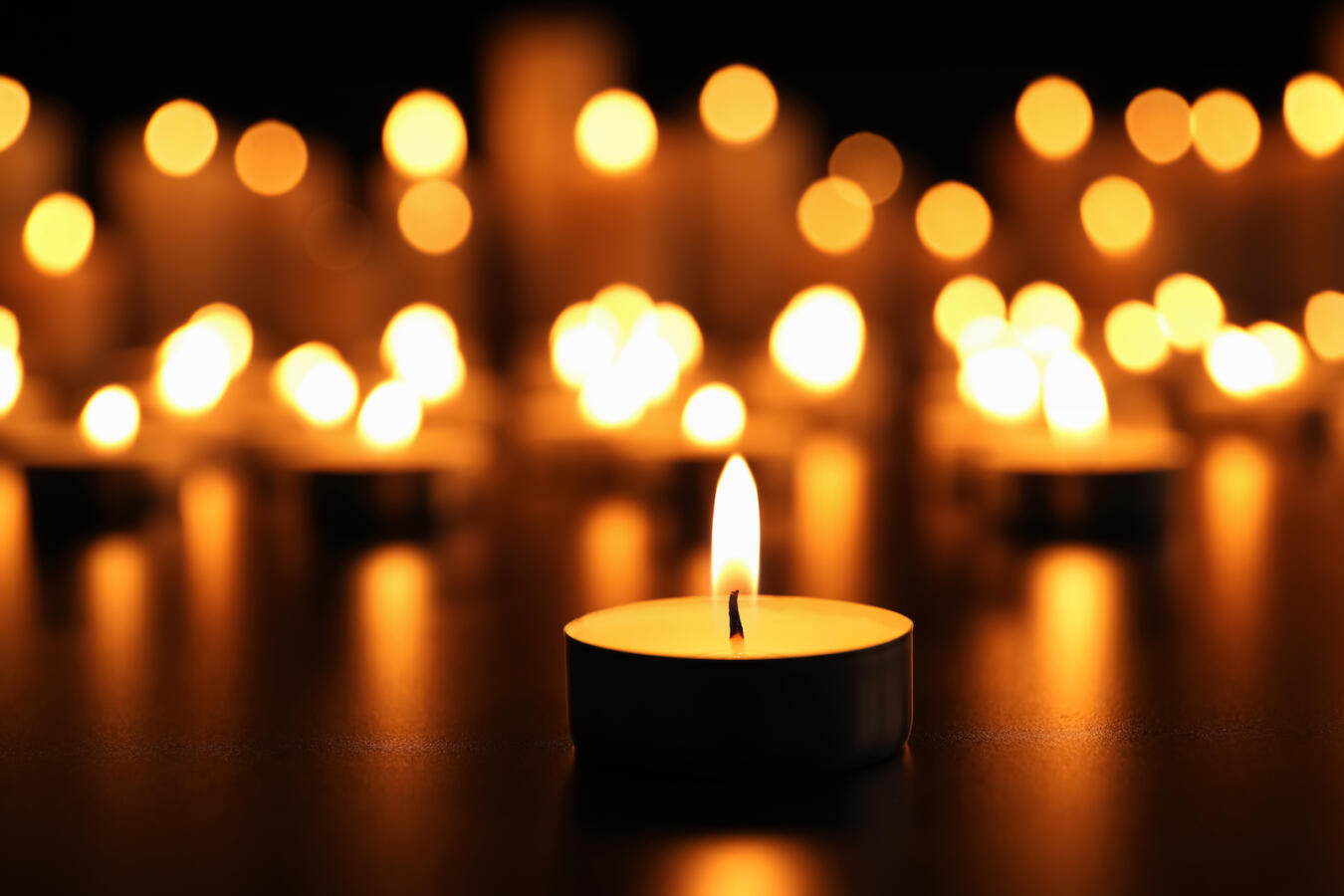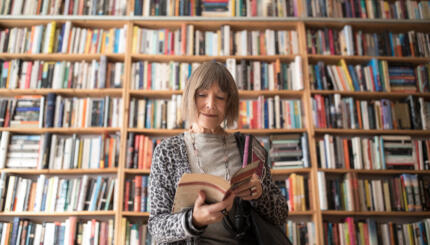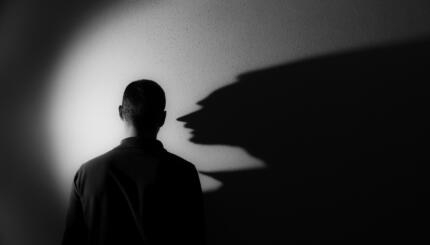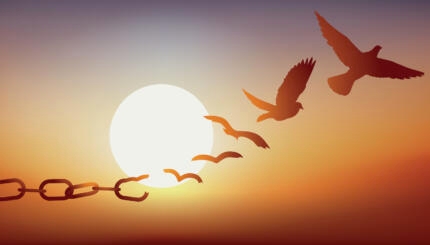With detailed descriptions and breathtaking photography, the February 2022 issue of National Geographic covers the rebuilding of the Notre-Dame Cathedral. The building, which took 200 hundred years to construct, was destroyed by fire in just hours in April 2019. It has now taken years to repair.
Images of conflagrations like the burning cathedral sear into our minds, a constant reminder of the dangerous and destructive nature of fire. But fire can also create. No doubt, fire was used in multiple ways to rebuild the cathedral, the same flames that destroyed it put to constructive use.
We learn about the dual nature of fire in this week’s Torah portion, which describes in incredible detail the intricate construction process of the mishkan, God’s home while traveling with the Israelites through the desert. The use of fire in the building process is evident from the amount of gold and silver used. Rashi goes into great detail describing how fire was used to make the structure and the contents, especially the solid gold menorah. But the dangers of fire become clear immediately upon its completion, when Aaron’s two sons die from “strange fire” during the dedication of the building.
Fire plays yet another role in the story of the mishkan. It is from the building of the mishkan — and specifically, the 39 categories of labor it required — that the manifold prohibitions observed on Shabbat are derived. Entire libraries could be filled with debates about all the various proscribed actions derived from those 39 categories. But the Torah itself specifies only one particular action that is forbidden on Shabbat: “You shall kindle no fire throughout your settlements on the sabbath day.”
Why the specific prohibition of fire? In pondering this question, Sforno, a 16th-century Italian rabbi, raises a simple and yet impossibly complex question: Is fire a constructive or destructive force? The answer is, of course, yes. Fire is at once wildly destructive and completely necessary. Fire can burn down your apartment or keep you warm and cook your food. We use fire to destroy and to build. Fire is a paradox.
Yet the mystery of fire cannot be understood solely through the duality of constructive and destructive. There is a third even more enigmatic kind of fire: sacred fire. Fire can be a tool for communication with the divine. God appears to Moses in the form of a burning bush and then later on a fiery mountaintop. Our tradition tells us that God wrote the Torah itself as “black fire on white fire.” And the people in turn use fire to communicate back to God with sacrifices offered in the mishkan, and later in the Temple.
It also simply isn’t true that all fire is prohibited on Shabbat. When we read more closely we see that God has forbidden lighting fire “throughout your settlements.” Fire is forbidden in our homes, but in God’s home fire blazes on Shabbat. The mishkan is filled each Shabbat with the fire of sacrifices. The fire we are forbidden to light on Shabbat is the fire of the mundane. Both constructive and destructive fire is forbidden on Shabbat, but the third kind of fire, holy fire, burns brightly.
Though sacrifices are no longer offered, Shabbat is still marked by holy fires. Two candles lit on Friday night lead us into Shabbat, and a torch of entwined wicks ablaze at Havdalah leads us out. These fires are perhaps the most vivid Shabbat images we have.
Today’s holy fire looks different. And so does the mundane. So much of our work today is powered by electricity rather than fire. We drive electric cars, cook on electric stoves, cuddle up by electric space heaters and earn a living through “work” done on screens. Far from Shabbat functioning as a break from constantly feeding a fire on weekdays, for many of us, Shabbat is now the only time we have fire in our homes. Candles and matches are the trappings of Shabbat observed. Aside from Hanukkah, birthdays, and an occasional campfire, Shabbat is the most fiery time in my life.
When I was a young girl my mother used to sing me this song: “When everything was changing, one thing did not, mama lit the candles on Shabbat.” Much has changed since the time of the mishkan, but Shabbat continues to be marked by fire. At the end of a long week of work, our Shabbat candles are nothing short of sacred flames that invite us into deeper relationship with God with each flicker.
This article initially appeared in My Jewish Learning’s Shabbat newsletter Recharge on Feb. 26, 2022. To sign up to receive Recharge each week in your inbox, click here.



